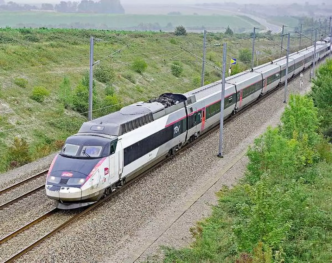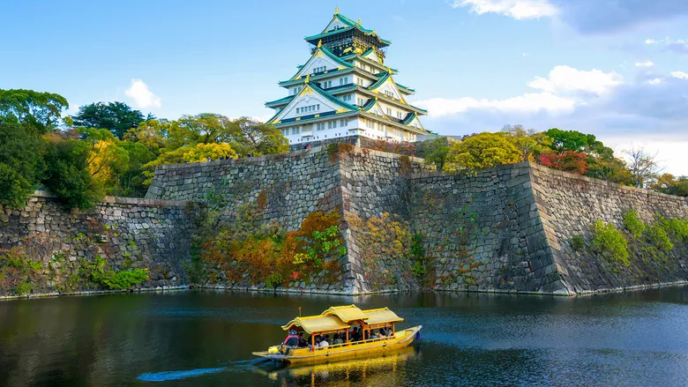India and Japan have finally reached an agreement on design changes for the upcoming high-speed bullet train project connecting Mumbai and Ahmedabad.
Key Design Changes:
- Increased Load Capacity: The redesigned trains will be able to carry heavier loads, including larger luggage and accommodate passengers with a wider range of body sizes.
- Extreme Temperature Operation: The trains will be equipped to withstand India’s extreme temperatures, particularly the scorching summer heat that can reach 50 degrees Celsius or more.
- Dust Resistance: The design will incorporate features to mitigate the impact of dust, a common challenge in India.
Other Changes:
- Seating Arrangement: Some adjustments to the seating arrangement may be made, possibly reducing the number of seats per carriage slightly.
Project Details:
- The Mumbai-Ahmedabad High Speed Rail Corridor (MAHSR) project is a joint venture between the Indian government and the states of Gujarat and Maharashtra.
- The project is being funded primarily through a soft loan from Japan’s JICA.
- The bullet train will cover over 500 kilometers in just two hours and seven minutes, traveling at speeds of around 300 kilometers per hour.
Collaboration and Indigenous Development:
- Two Japanese companies, Kawasaki and Hitachi, are collaborating to develop and manufacture the high-speed trains for this project.
- India is also actively pursuing the development of its own indigenous high-speed trains based on the existing Vande Bharat platform.
These design adjustments reflect India’s specific needs and requirements for high-speed rail operations within the country. While the first batch of trains will be sourced from Japanese manufacturers, India is committed to developing its own high-speed rail technology in the future.
Newsource: https://www.japantimes.co.jp/commentary/2024/12/22/japan/chip-city-dreams/















